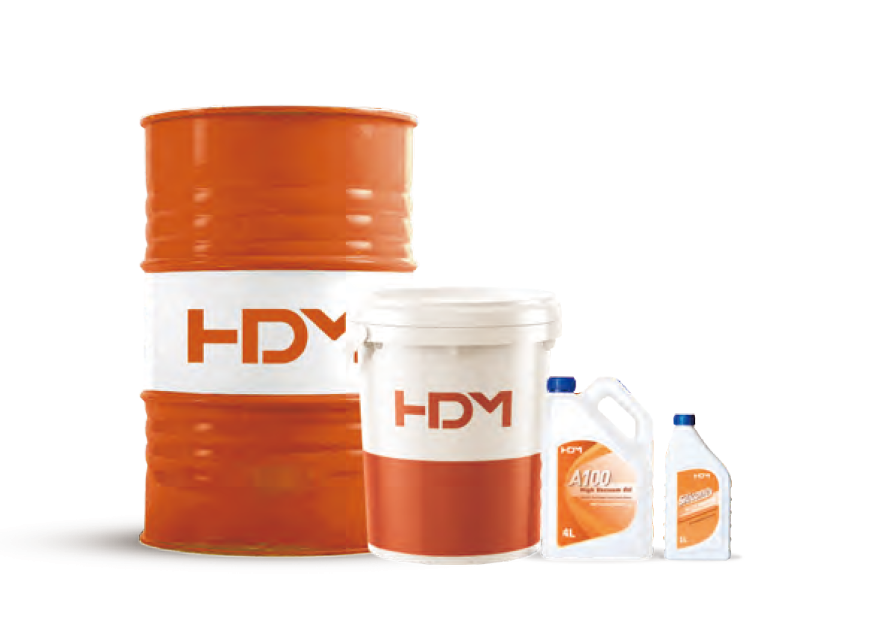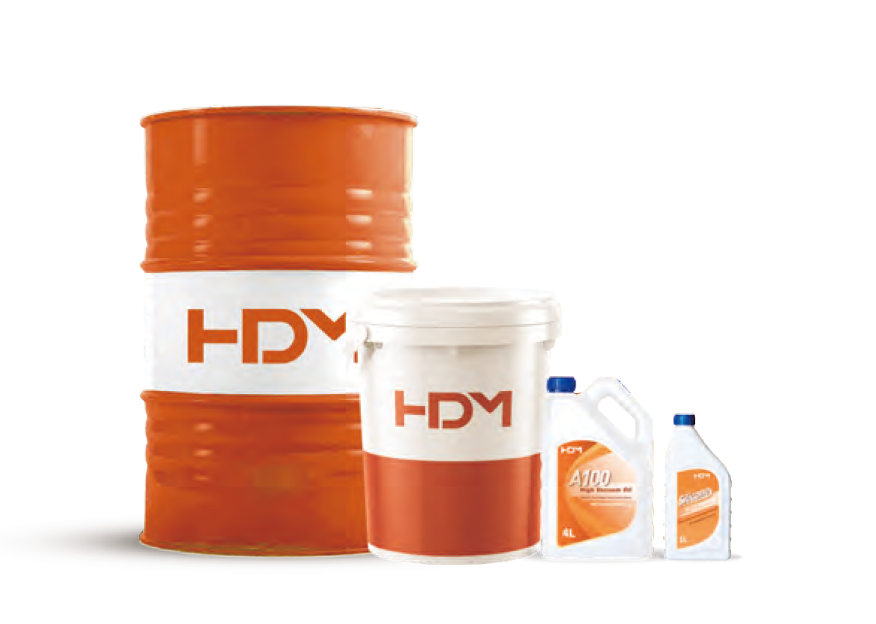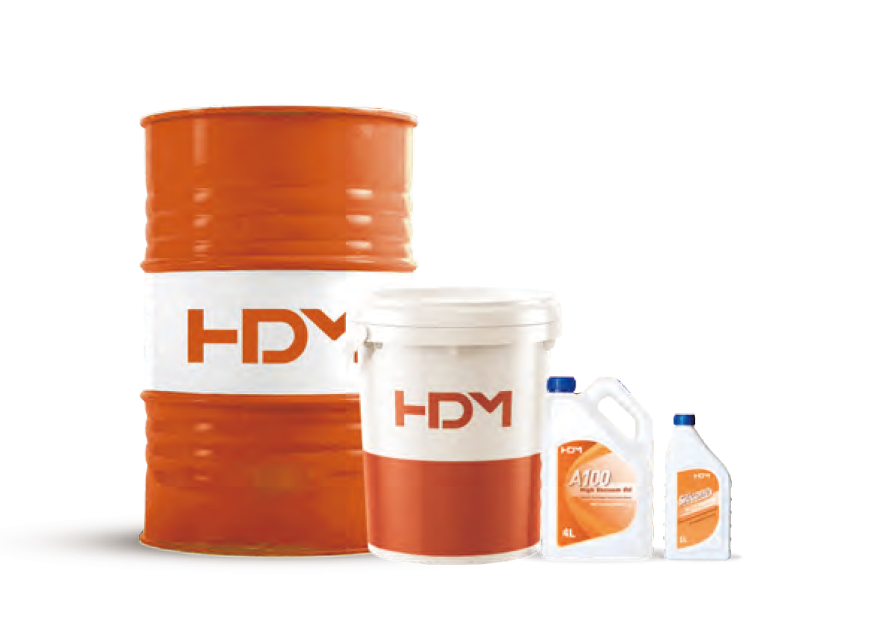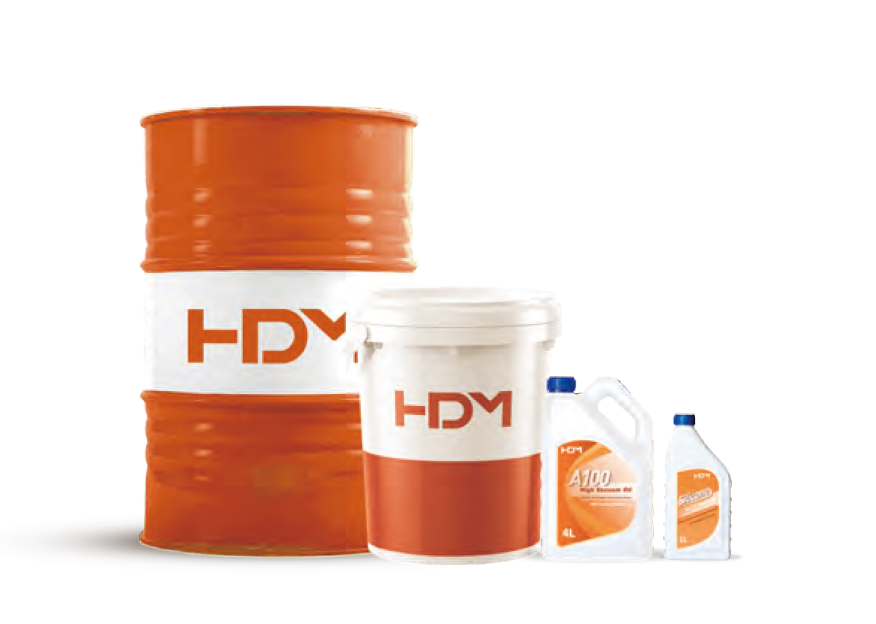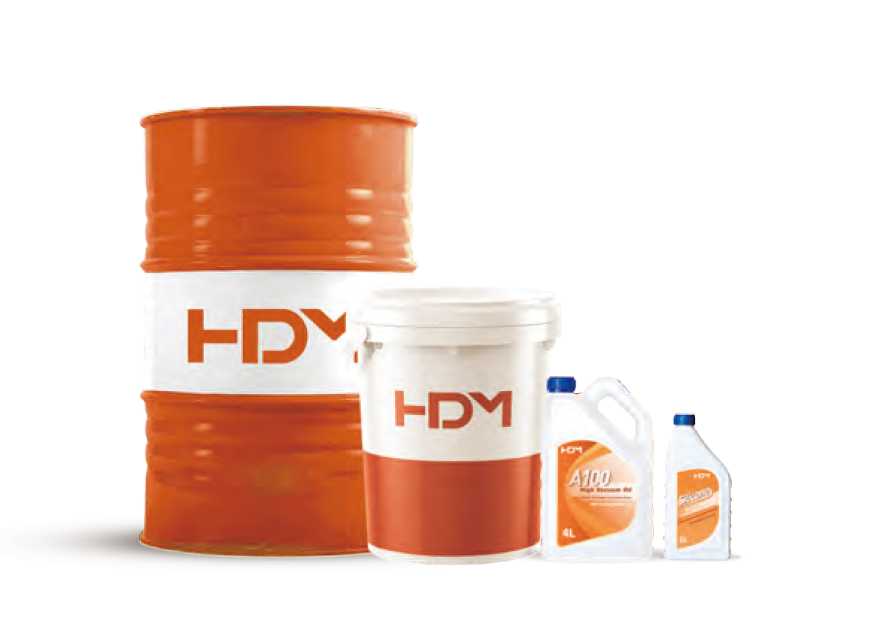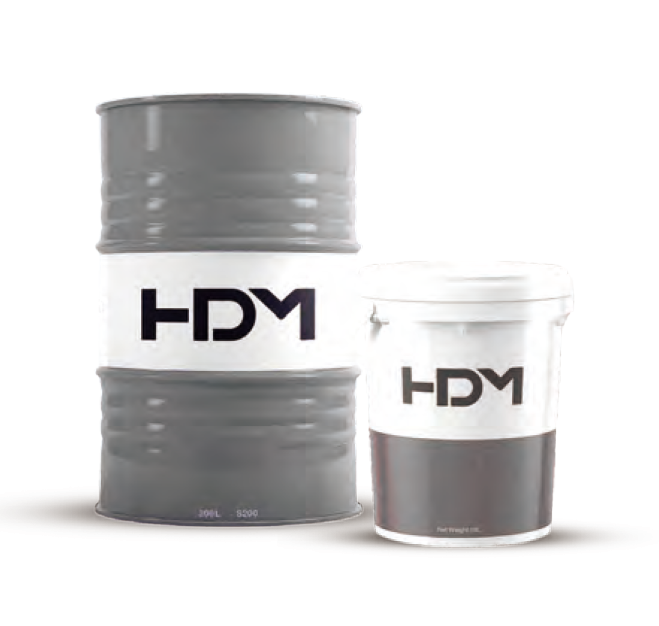There are more and more efficient engines on the market. Gas engines are especially used in various applications such as CHP (Combined Heat and Power), greenhouses or PowerGen applications to meet fluctuations in local electricity demand. Gas engine systems use a wide range of gaseous fuels as fuel.
Different challenges, different gas types
Gas engines can be paralleled to the local grid to generate electricity, run in island mode, or used for power generation in remote locations. The physical and chemical properties of different gas types vary widely. Gas engines are designed to operate within very tight characteristic ranges and are often very sensitive to changes in these characteristics. The engine system is perfectly matched to the fuel gas composition defined for its design. If the gas does not meet the requirements, it will adversely affect the operation of the engine.
Gas Type Characteristics
There are four types of gas commonly used in gas engine systems:
Natural gas
- The main composition is 80-98% methane.
Biogas
- Gases produced by the bacterial breakdown of organic matter in solid waste such as sludge, agricultural, food and vegetation waste.
- Engine oils used in biogas plants need to control acid build-up.
- Contains impurities such as hydrogen sulfide and corrosive elements.
landfill gas
- Gas recovery from anaerobic degradation of organic compounds in domestic and industrial waste.
- Landfill gas may contain abrasive particles such as siloxanes.
- Motor oils designed for use in landfills must contain strong acids and deposits to a greater degree than required for "clean gas" service.
Acid gas
- Composed of about half methane and half carbon dioxide.
- Contains many impurities and acids that must be neutralized to prevent engine damage.
Gas engines require high performance lubricants
Gas engines running on biogas, landfill gas, natural gas or sour gas are subject to extreme operating conditions, especially around the combustion chamber. Each gas type has its own challenges.
HDM has developed gas engine lubricants that neutralize acids formed due to acidic components in the gas, such as hydrogen sulfide, thereby extending oil change intervals and engine life.
For engines running on biogas, landfill gas and sewage gas, HDM oils are effective in controlling acid and damaging deposits.



